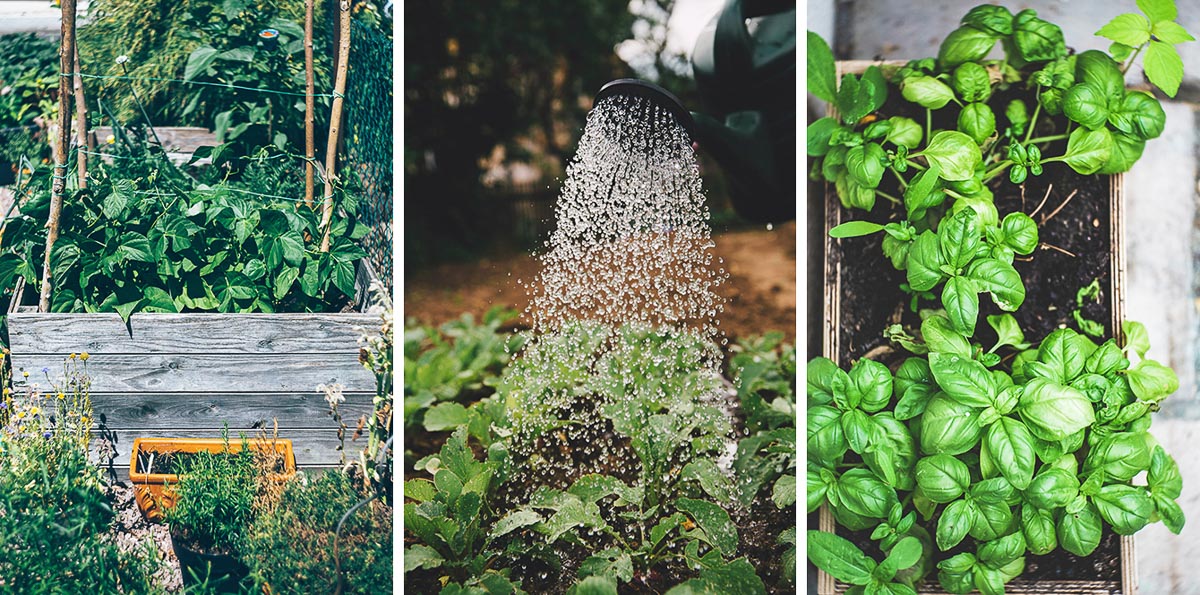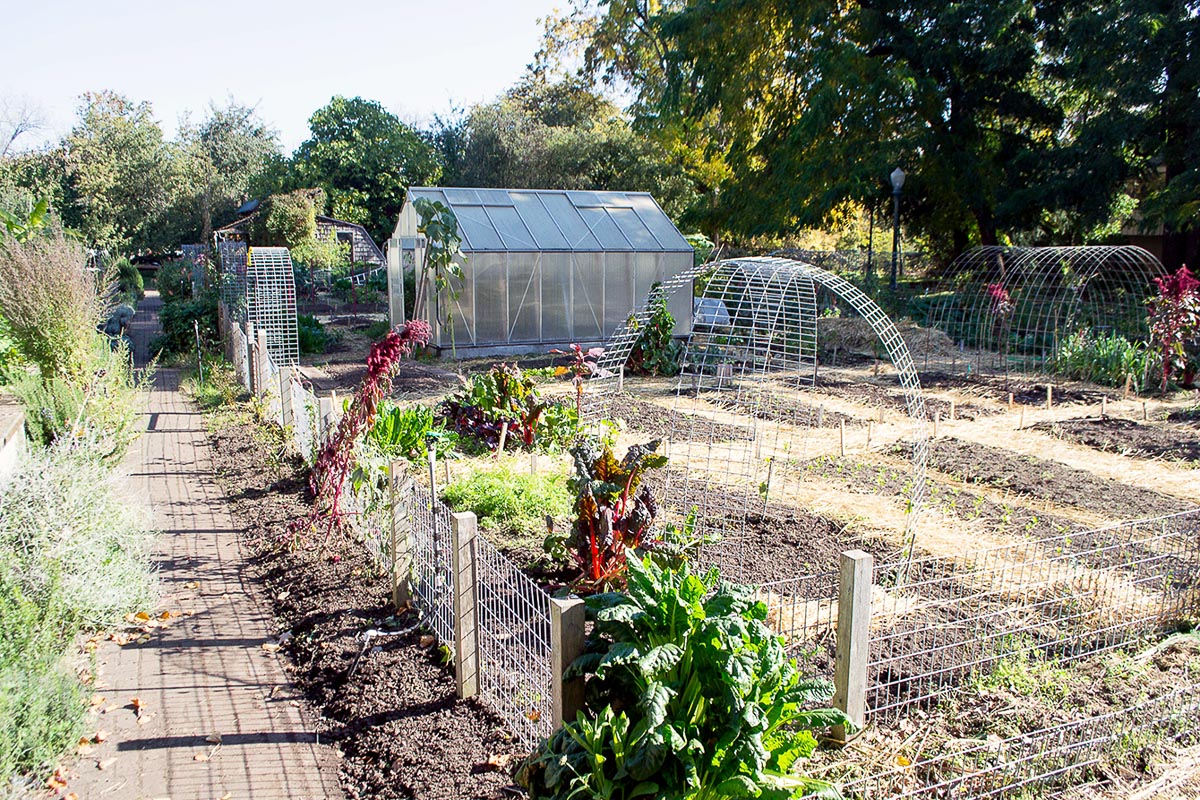The 9-Minute Rule for City Blooming
The 9-Minute Rule for City Blooming
Blog Article
The 6-Second Trick For City Blooming
Table of ContentsThe smart Trick of City Blooming That Nobody is DiscussingThe Definitive Guide to City Blooming5 Easy Facts About City Blooming DescribedMore About City BloomingThe Basic Principles Of City Blooming
Interested in growing food available in the City of Chicago? Thinking of starting a community yard? Modifications to the Chicago Zoning Regulation allow farming uses like community yards and urban ranches in lots of parts of the city. Below is a checklist of often asked inquiries concerning the guidelines and regulations that cultivators need to consider when intending a metropolitan farming project.
The zoning modification does not customize any other codes managing composting, building licenses, acquiring or leasing City had home, company licenses or ecological contamination. There are existing codes that regulate these problems and they stay completely effect and might apply to your task. Area gardens are usually possessed or handled by public entities, public companies or community-based companies and maintained by volunteers.
Urban farms grow food that is meant to be marketed, either on a nonprofit or for-profit basis. Because of their business objective, urban farms call for a company license. Yes. A community garden is enabled to sell surplus create that was expanded on website if the sales are accessory or subordinate to the garden's key purpose described above.
The 5-Minute Rule for City Blooming
The quantity of compost material can not surpass 25 cubic yards at any given time according to the requirements in 7-28-715 of the City's Municipal Code. Because the dirt at many brand-new garden websites needs changing, garden compost, soil, timber chips, or other materials can be gotten to construct or improve the growing room.

If a building license is required after that the hoophouse will be taken into consideration an accessory structure. You can learn even more regarding the structure license needs by contacting the Department of Structures. The 25,000-square-foot size restriction is intended to stop a solitary neighborhood yard from dominating a provided block or detracting from the block's existing property or commercial character.
The restriction does not put on yards located in Public Open Area (POS) districts. Can there be greater than one area garden that is 25,000 square feet on a single block? Yes. The size limitation relates to specific gardens, not to specific blocks. No. Fencing is not needed, however, gardens that have huge parking lot may be needed to mount fencing or other landscape design attributes.
City Blooming - Truths
B1 & B2 districts require that all industrial use activities be conducted indoors. R areas restrict commercial task. The laws mirror the purpose and intent of the Zoning Code. Is fencing needed for city ranches? Yes. Fences may be needed, in addition to landscape design and screening, for specific parking lot and outside work or storage space locations relying on area and the certain task happening.
Urban farms need structure authorizations and zoning authorizations prior to building and construction (City gardening). Various other kinds of city testimonial might be required depending on details frameworks, activities, dimension, landscaping, licensing, public heath and stormwater monitoring issues.
The Division of Company Affairs and Consumer Defense can assist identify the certain kind of business license that's called for. Off road vehicle parking is required for most business tasks in Chicago. The called for number of car park rooms is based on the number of staff members working on website and not the square footage of the expanding room.
How City Blooming can Save You Time, Stress, and Money.

Yes. A metropolitan ranch can sell compost product generated on site, nevertheless, the procedure must adhere to the guidelines in 7-28-715 of the Chicago Municipal Code. Yes. Aquaponic systems are allowed inside your home on urban farms in many zoning districts. However, a zoning evaluation and structure authorization is required in order to install structures or systems and a service certificate is required as described over.
Approximately 5 hives or swarms of honey might be maintained as an accessory use. Beekeepers have to sign up with the Illinois Department of Agriculture. For more information concerning the suggested zoning change you may contact the Department of Real Estate and Economic Advancement, Bureau of Planning and Zoning at 312.744.8563.
, which takes place in country locations at the edge of suburbs.
The 15-Second Trick For City Blooming
It can include a motion of organic farmers, "foodies" and "locavores", that look for to form social networks based on a shared ethos of nature and neighborhood holism. These networks can create by method of official institutional support, ending up being integrated into neighborhood town visit our website as a "transition town" movement for lasting metropolitan advancement.
The extra straight accessibility to fresh veggie, fruit, and meat items that might be become aware with metropolitan farming can enhance food protection and food security while lowering food miles, leading to reduced greenhouse gas exhausts, therefore contributing to environment modification reduction. Several of the very first proof of metropolitan agriculture originates from Mesopotamia.
Report this page